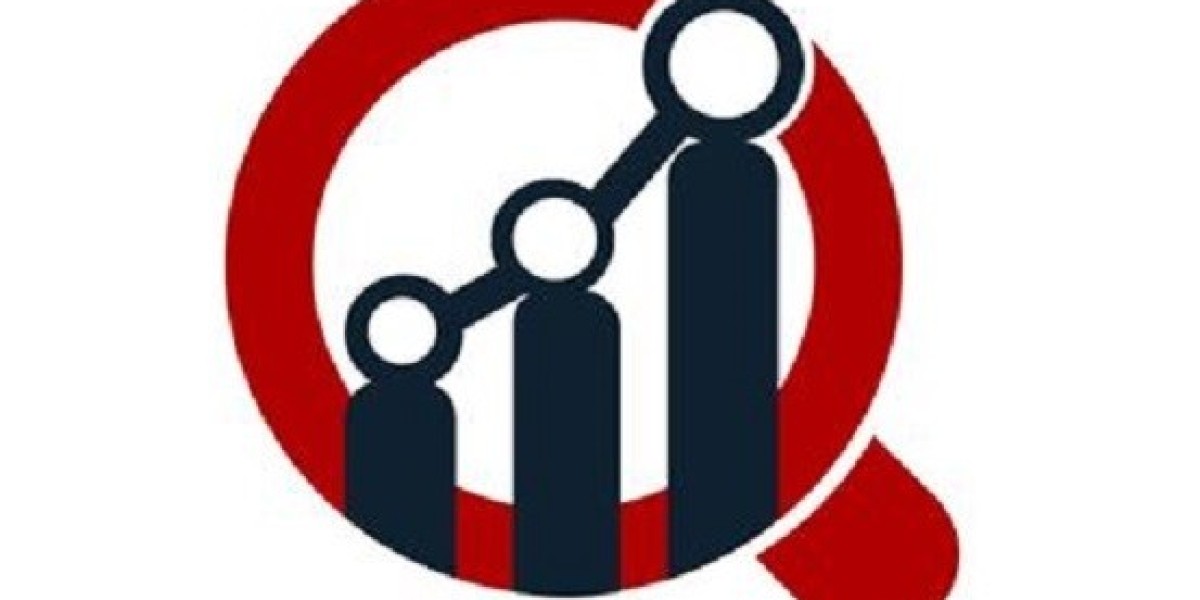What Is Orthopedic Software?
Orthopedic software is designed to enhance the diagnosis, treatment planning, surgical assistance, and post-operative monitoring of musculoskeletal disorders. These systems are used by orthopedic surgeons, rehabilitation specialists, and healthcare institutions to improve outcomes in bone, joint, and spine-related conditions.
This technology includes tools for digital templating, electronic health records (EHRs), practice management, imaging, and orthopedic-specific decision support systems—making it a vital element of modern orthopedic care delivery.
The Growing Burden of Orthopedic Conditions
A significant rise in bone and joint disorders globally—such as arthritis, osteoporosis, fractures, and sports injuries—has increased the demand for more advanced and accurate treatment methods. Contributing factors include:
Aging population with degenerative joint diseases
Increase in sedentary lifestyle and obesity
Surge in orthopedic surgeries including joint replacements
Rising incidence of trauma and accidents
Demand for minimally invasive procedures with better recovery outcomes
These trends highlight the growing reliance on orthopedic software to streamline and optimize care pathways.
Key Functionalities Driving Adoption
Orthopedic software provides a wide range of benefits across pre-op, intra-op, and post-op phases. Some of the most widely used modules include:
Digital pre-surgical planning and templating
Image management systems with 3D visualization
Orthopedic PACS (Picture Archiving and Communication Systems)
Outcome tracking and patient engagement tools
Inventory and billing integration
Data-driven treatment algorithms and AI-powered diagnostics
These tools not only improve clinical outcomes but also ensure regulatory compliance, reduce human errors, and enhance patient satisfaction.
Market Growth Drivers
The orthopedic software market is experiencing strong momentum due to:
Advancements in AI and machine learning
Integration of cloud-based platforms for data accessibility
Rising need for EHR-integrated orthopedic modules
Surge in ambulatory surgical centers (ASCs) adopting digital tools
Emphasis on value-based care models and real-time clinical decision-making
Additionally, growing awareness among practitioners and patients regarding digital health solutions is supporting widespread adoption.
Global Market Trends and Insights
North America leads the orthopedic software market thanks to the presence of advanced healthcare IT infrastructure, widespread use of electronic medical records, and growing adoption of AI-enabled surgical tools. Europe is closely following, supported by government initiatives to digitize orthopedic care.
Asia-Pacific is emerging as a high-growth region due to increasing orthopedic surgeries, improving healthcare investments, and the adoption of health tech solutions in emerging economies.
Leading Companies Transforming the Sector
Some major players in this market include Brainlab, Materialise, Stryker, Merge Healthcare, Medstrat, CureMD, and Greenway Health. These companies are investing in R&D, strategic partnerships, and custom software solutions to meet the evolving needs of orthopedic professionals worldwide.








